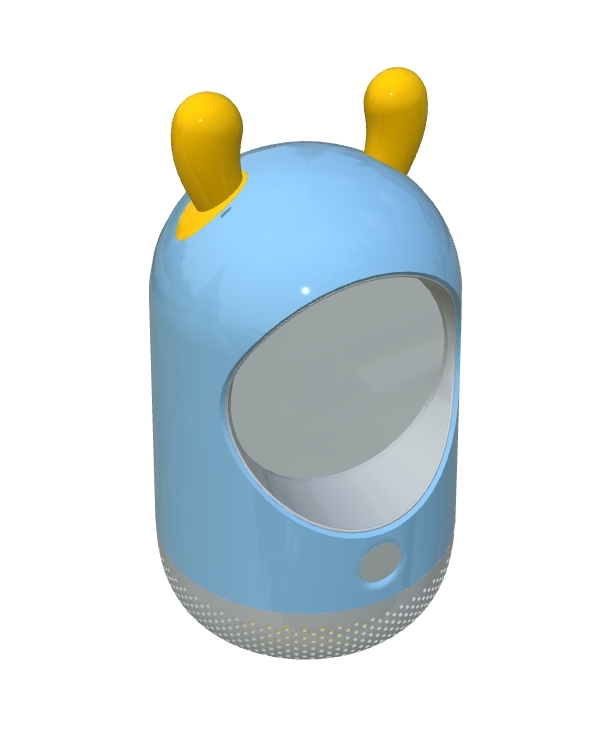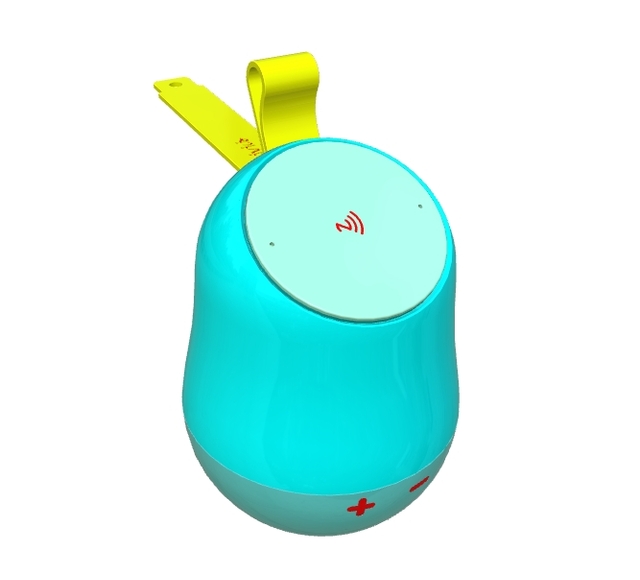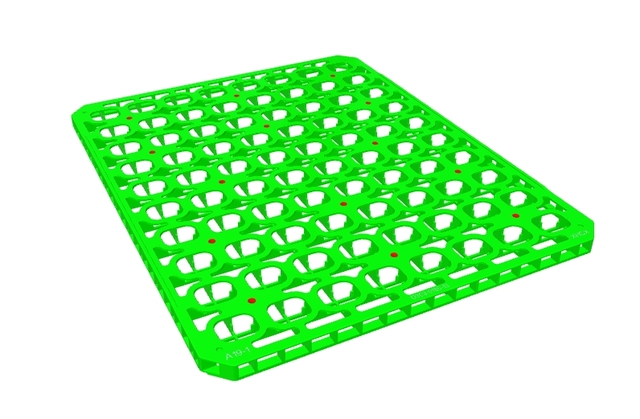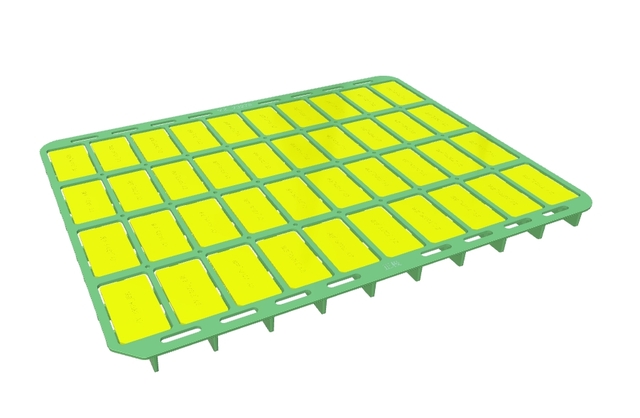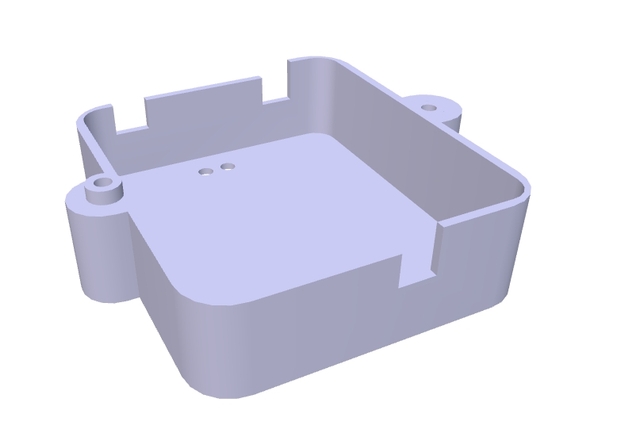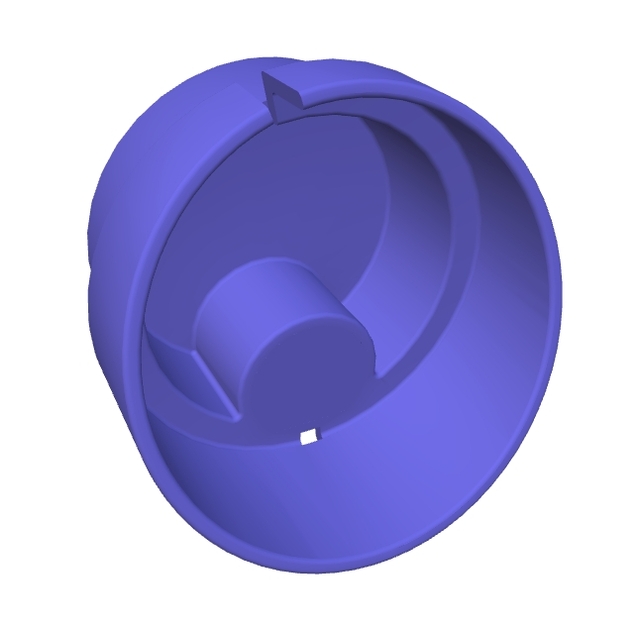Insert molding is a versatile and innovative manufacturing process revolutionizing how parts are designed and produced. By integrating metal or other materials into plastic components during the molding process, insert molding creates parts with enhanced strength, durability, and functionality. This unique method offers numerous advantages that cater to various industries, making it an essential technique in modern manufacturing.
The insert molding process involves placing metal or other inserts into the mold before injecting the plastic material around them. This creates a single, cohesive part with improved mechanical properties. Insert molded parts can be found in numerous applications across different industries, including automotive, medical devices, electronics, and consumer products. The ability to combine plastic with metal inserts provides added strength and structural integrity, making these components more reliable and efficient.
Choosing the right insert molding materials is crucial to ensuring the quality and performance of the finished product. Materials such as brass, stainless steel, and aluminum are commonly used as inserts, while thermoplastics like ABS, nylon, and polycarbonate serve as popular choices for the plastic matrix. With custom insert molding capabilities, manufacturers can tailor the design and material selection to suit specific application requirements, ensuring optimal performance and longevity.
One of the key advantages of insert molding over traditional injection molding is the ability to integrate multiple materials into a single component, reducing the need for additional assembly processes. This leads to significant cost savings and improved production efficiency, as well as increased design flexibility. Insert molding manufacturing also allows for the production of parts with complex geometries that would be challenging or impossible to achieve with other techniques.
Insert molding vs. injection molding is a topic of interest for many manufacturers seeking the best approach for their production needs. While injection molding is ideal for high-volume, single-material parts, insert molding offers the flexibility to incorporate additional materials and features, making it a valuable option for more specialized applications. Understanding the differences between these processes can help manufacturers make informed decisions and maximize the potential of their products.
Overall, insert molding is a cutting-edge technique that continues to gain popularity due to its numerous benefits and applications. As industries seek innovative solutions to enhance product performance and cost-efficiency, insert molding remains at the forefront, offering a unique approach that combines the best of both worlds: the versatility of plastic and the strength of metal.
Insert Molding: Revolutionizing Modern Manufacturing
Get Latest Price >
| Label | Value |
|---|---|
| Brand | LS Custom Parts Manufacturers |
| Customization Service | Plastic Injection Molding, Injection Molding, Plastic Injection Molds, Insert Molding, Overmolding |
| Drawing format | 2D/(PDF/CAD)、3D(IGES/STEP/GLB) |
| Material Capabilities | Aluminum、Brass、Bronze、Copper、Hardened Metals、Precious Metals、Stainless Steel、Alloys、TPR |
| Sample | Free |
| Supply Ability | 100000 Pieces Per Day |
| Surface Finish | Customized Finishing |
| Thickness | Customized Thickness |
| Type | Broaching/Drilling/Etching / Chemical Machining/Laser Machining/Milling/Turning/Wire EDM/Rapid Prototyping/Other Machining Services |
| Services | CNC Machining,Metal Casting,Injection Molding,Sheet Metal Fabrication,Rapid Prototyping,3D Printing |
Contact
Ready to start your next project with LS Manufacturing?
Contact us today to learn more about our services and how we can help you achieve your goals.
 LS Hardware Tech Co., Ltd
LS Hardware Tech Co., LtdRapid lead times starting from just 1 business day.
ISO 9001,ISO 14001,IATF 16949 and AS9100D Certification.
Over 100 materials available, with 50+ surface finish options.
Cost-effective mass production.
Order as low as 1 piece.


